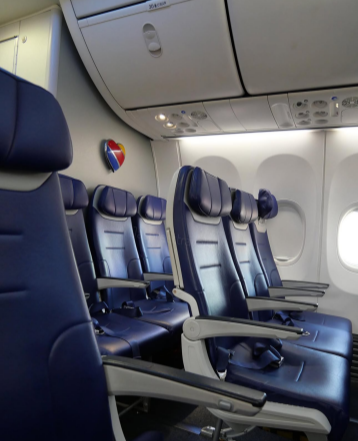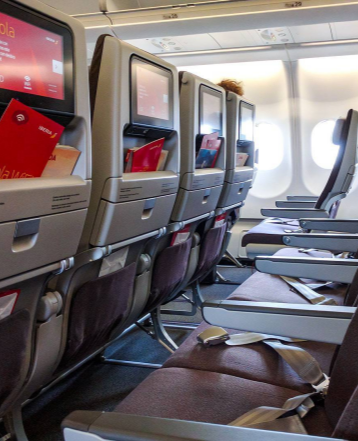Briefly introduce the core structure and components of the seat
1. Seat skeleton: The internal metal frame is the "skeleton" of the seat, which meets the most stringent safety standards (such as 16G impact resistance) and provides installation points for all functions.
2. Leather and padding: the soft material that wraps the skeleton, including fabric, leather and internal filling foam. The fabric needs to be flame-retardant, wear-resistant and easy to clean.
3. Small table: usually installed on the back of the front seat or on the inside of the armrest. Economy class is mostly foldable, and business/fir class may be a retractable fixed table.
4. Seat pocket: Located on the back of the front seat, it is used to place safety instructions, magazines, cleaning bags, etc.
5. Seat belts: mostly two-point belts, some models (such as emergency landing flights) or child seats will be equipped with five-point seat belts.
6. Handrails: Usually, each row of seats shares two handrails. The handrail by the aisle can be lifted up to facilitate entry and exit. The armrests of the high-end cabin are wider and may have more built-in functions (such as consoles and storage space).
7. Display (if any): On modern airplanes, it may be the PTV on the back of the front seat, or the IFE screen installed on the seat, or it may be a network entertainment system that needs to be connected with your own device.


